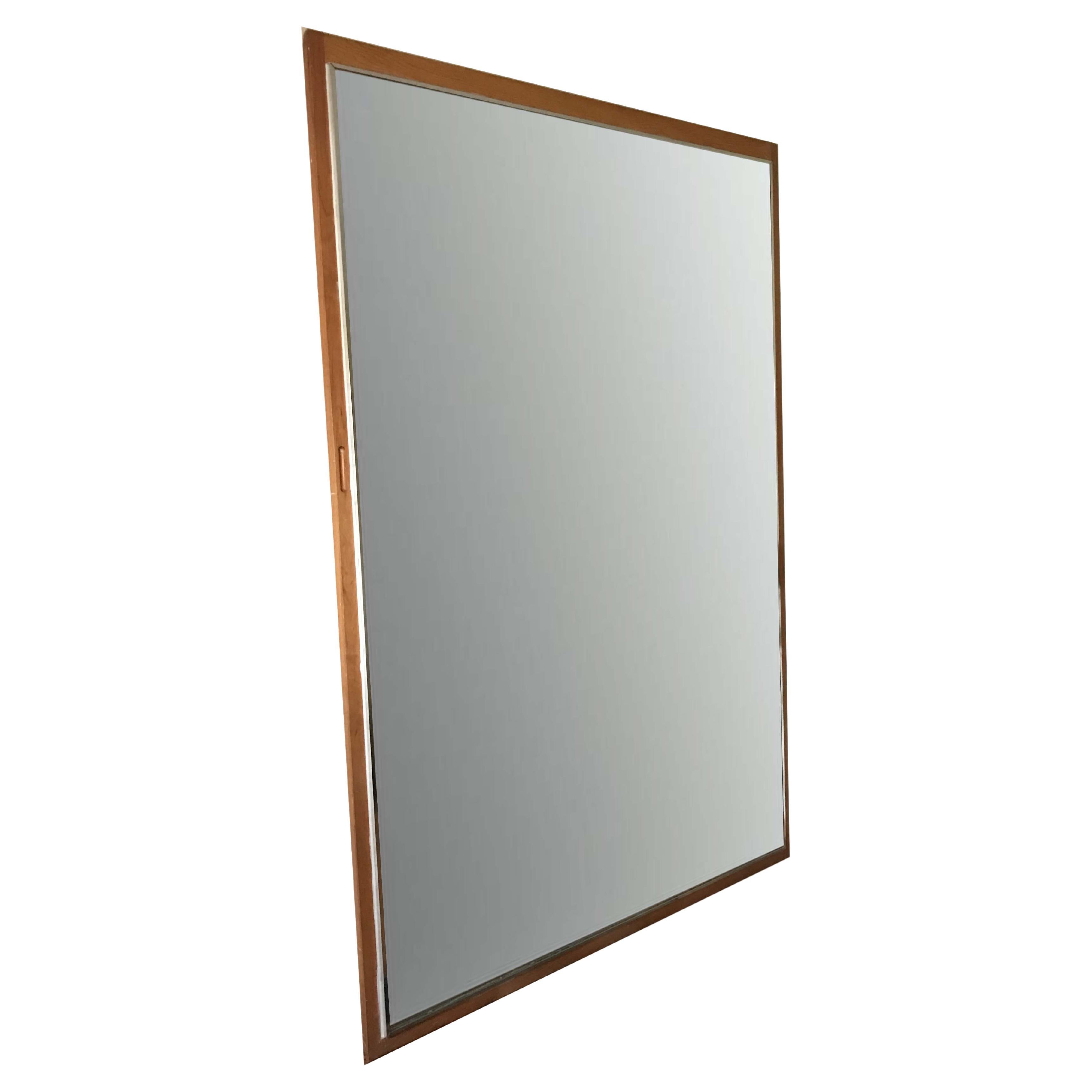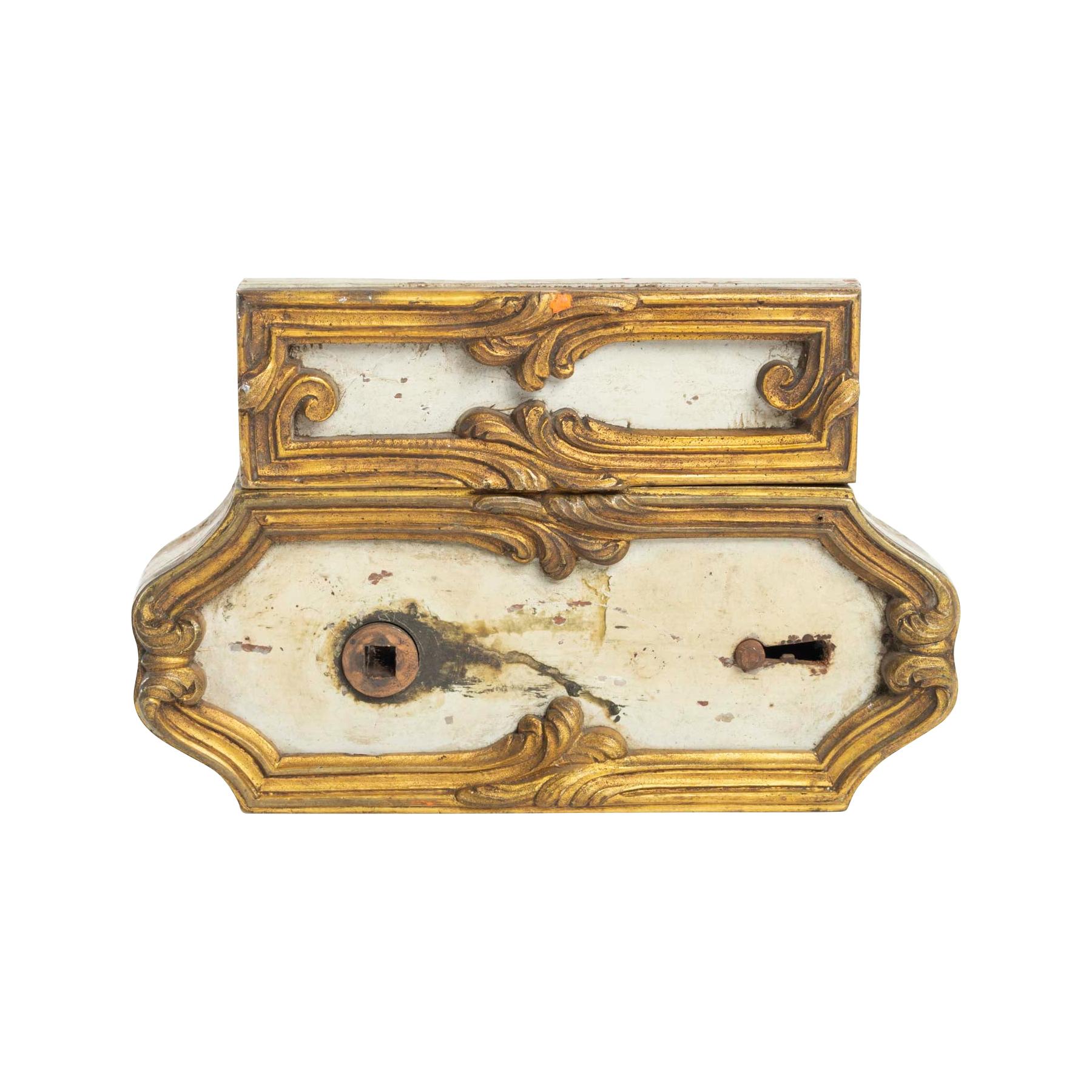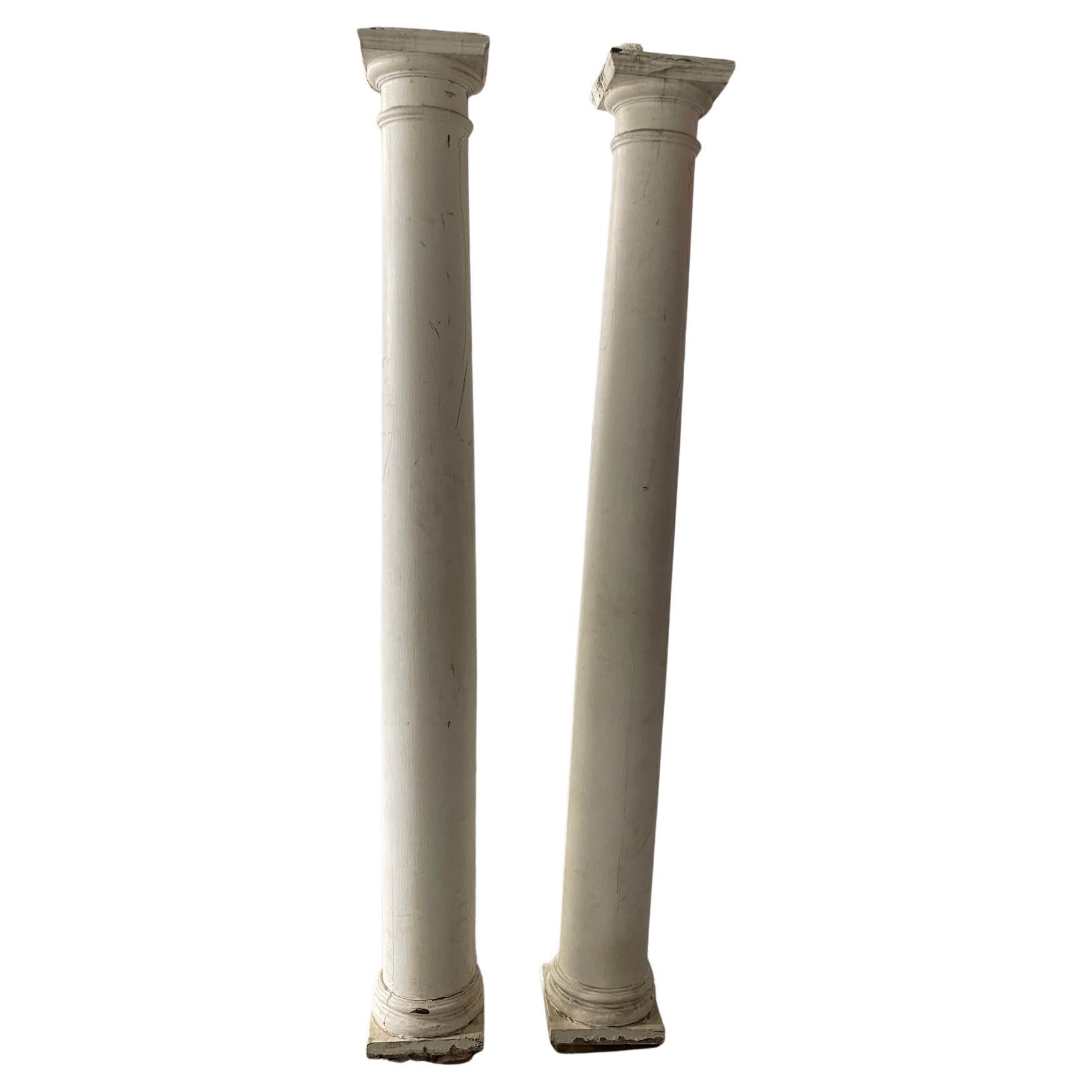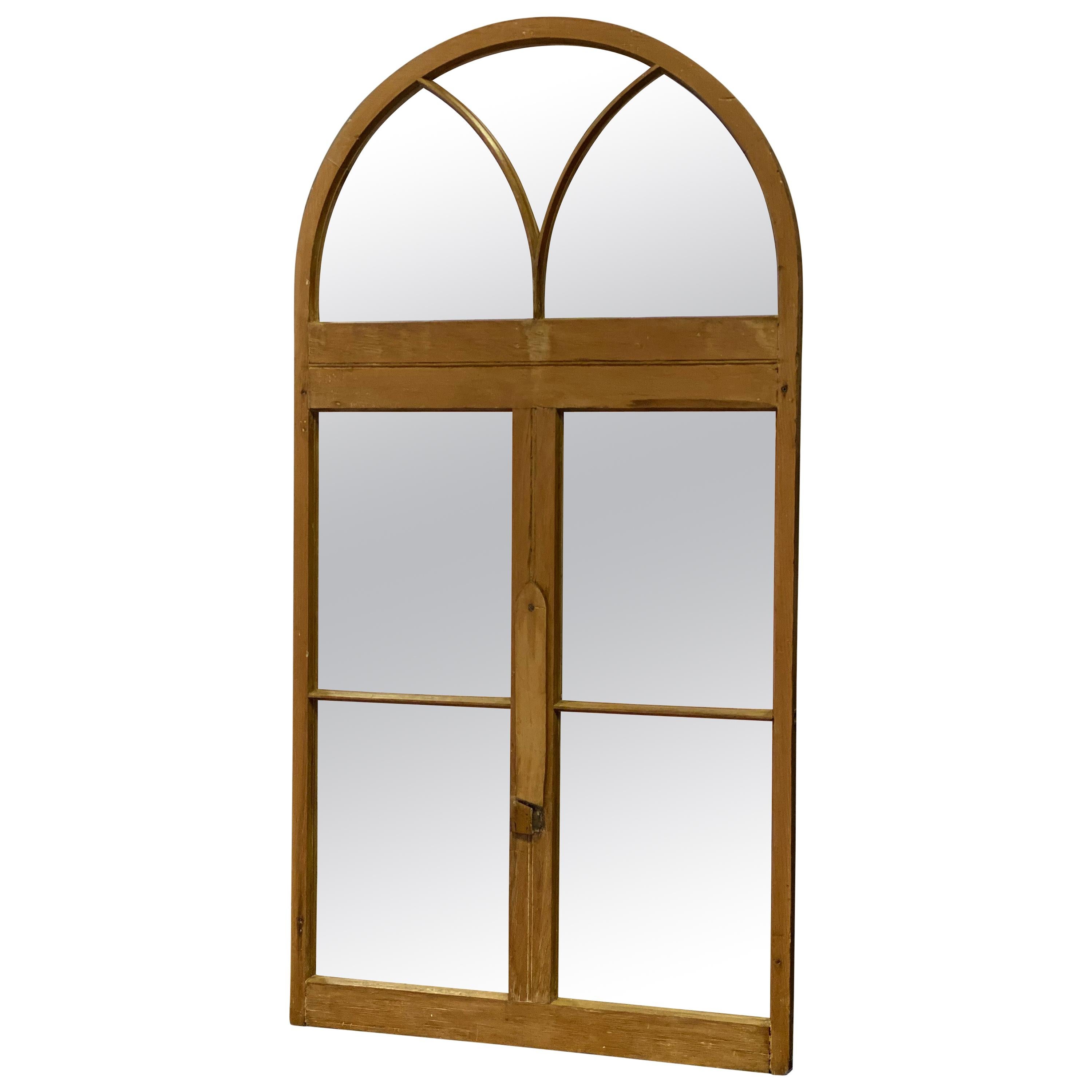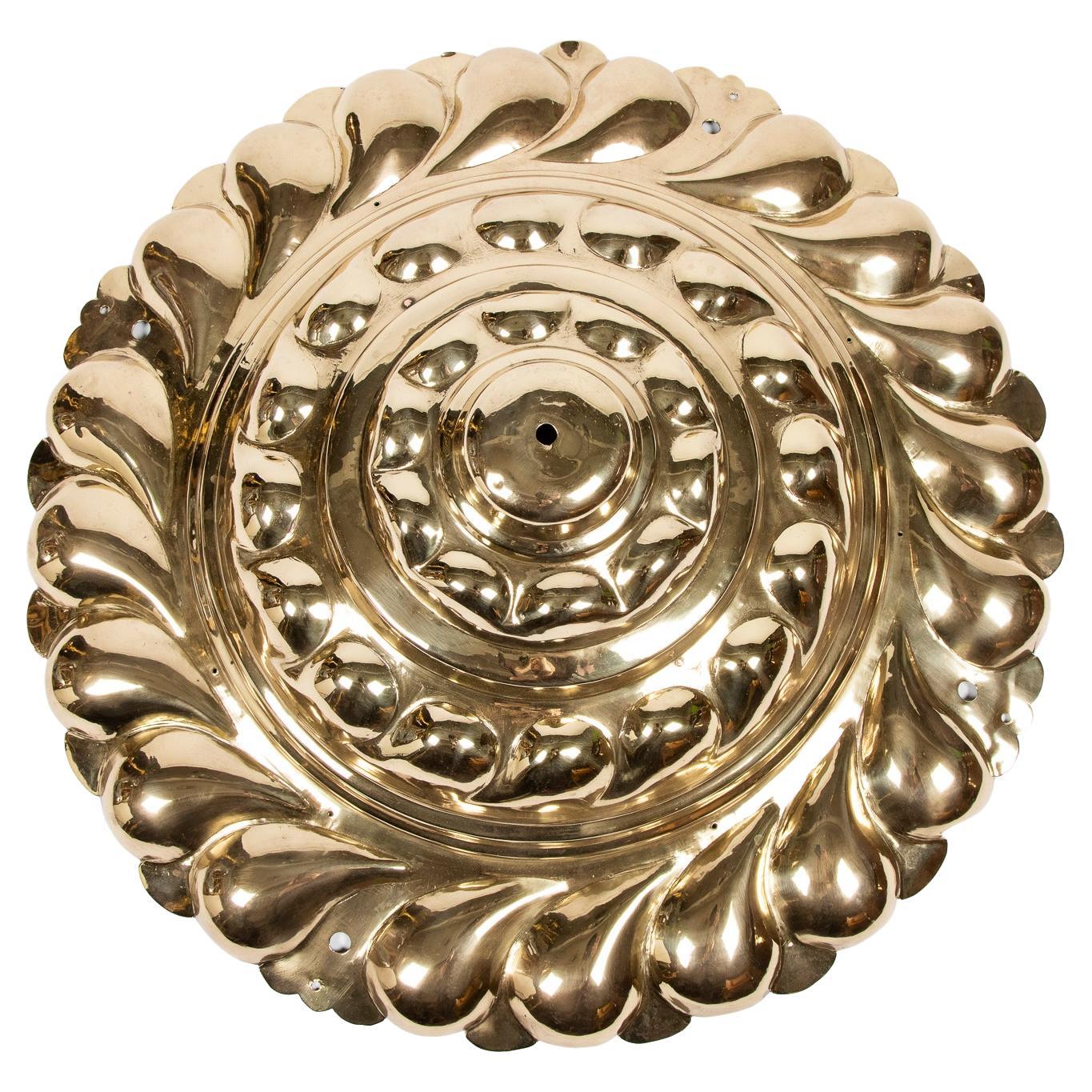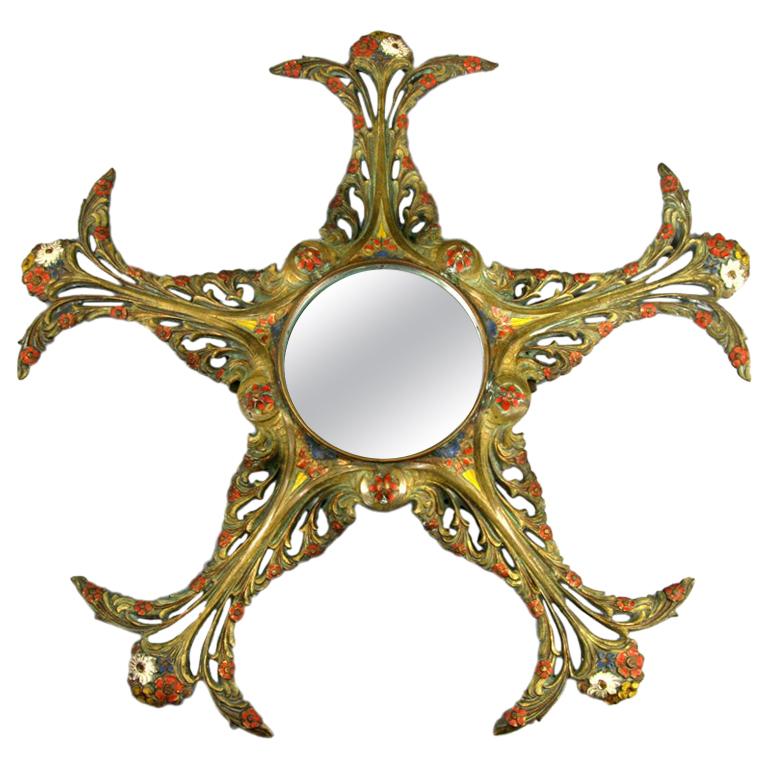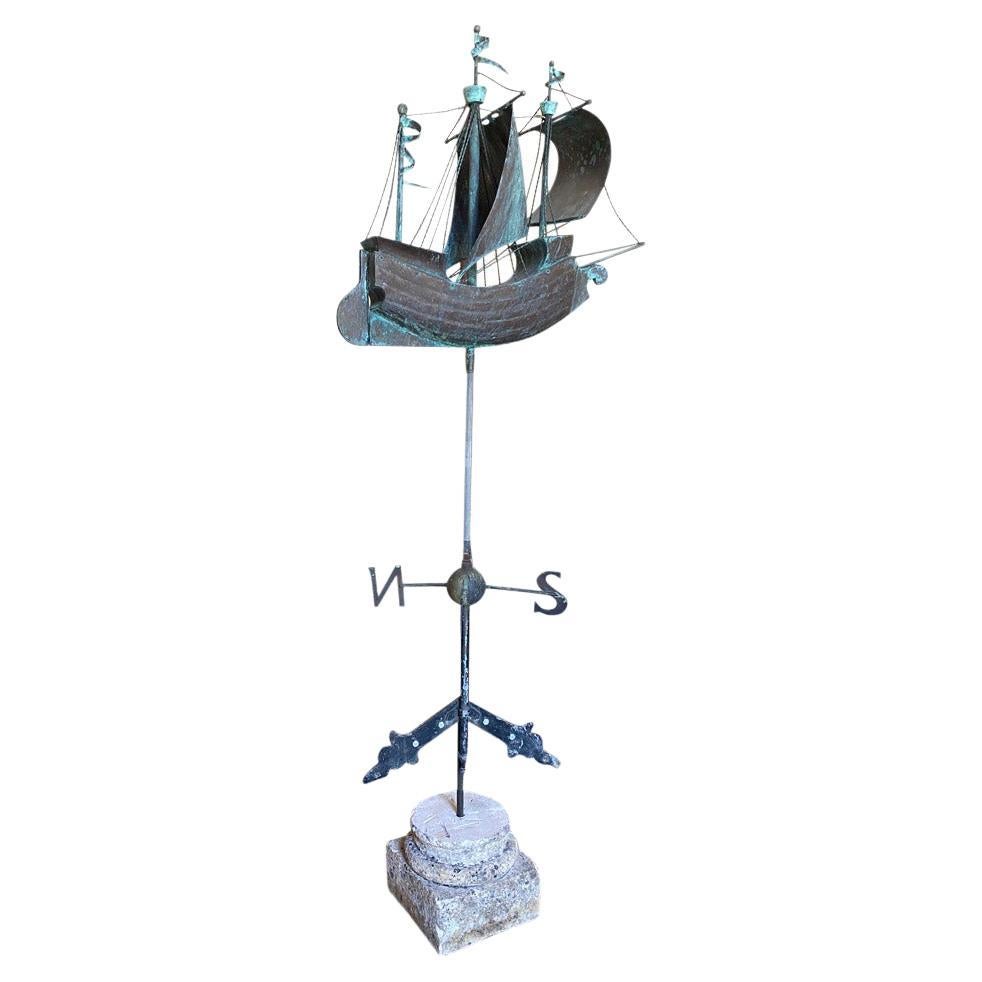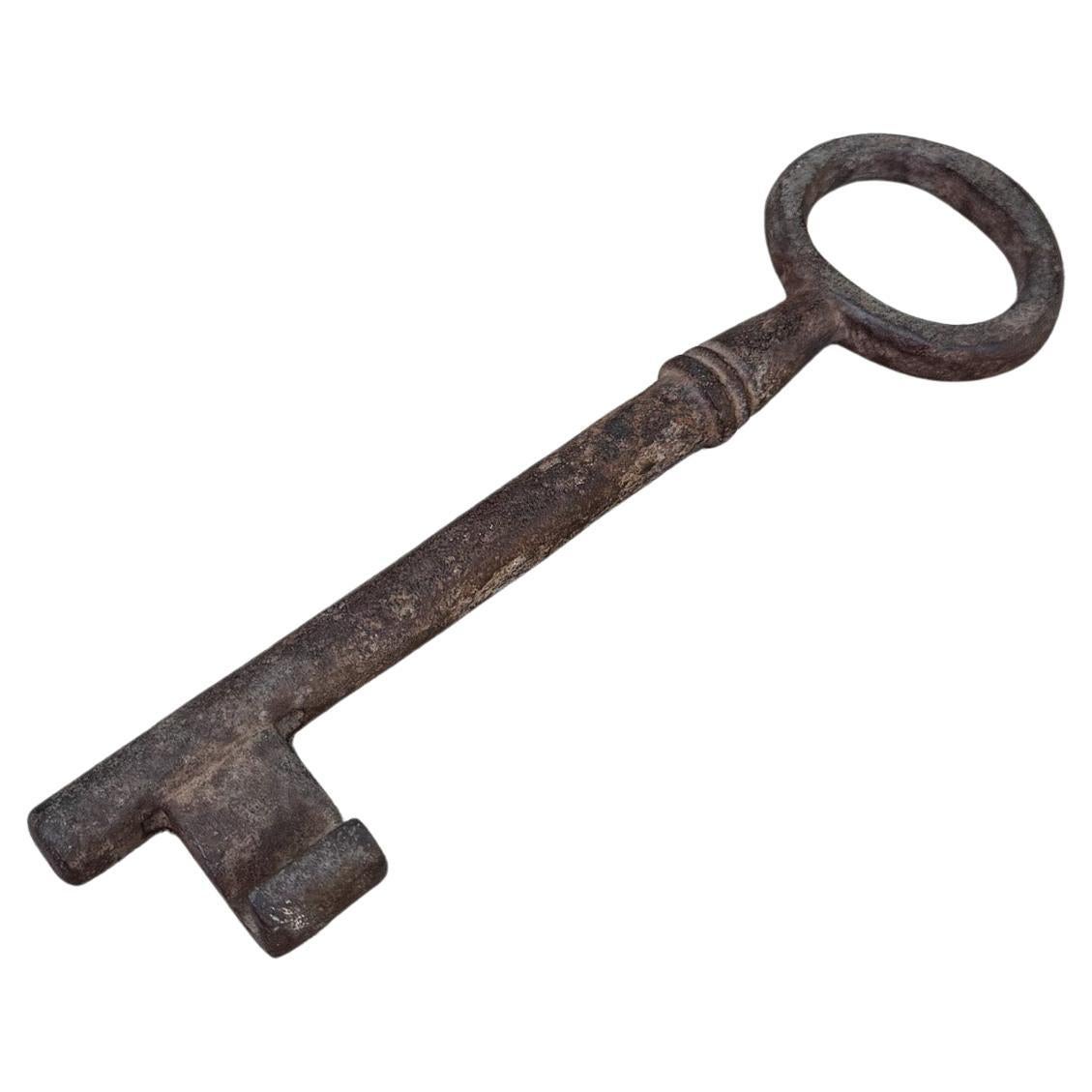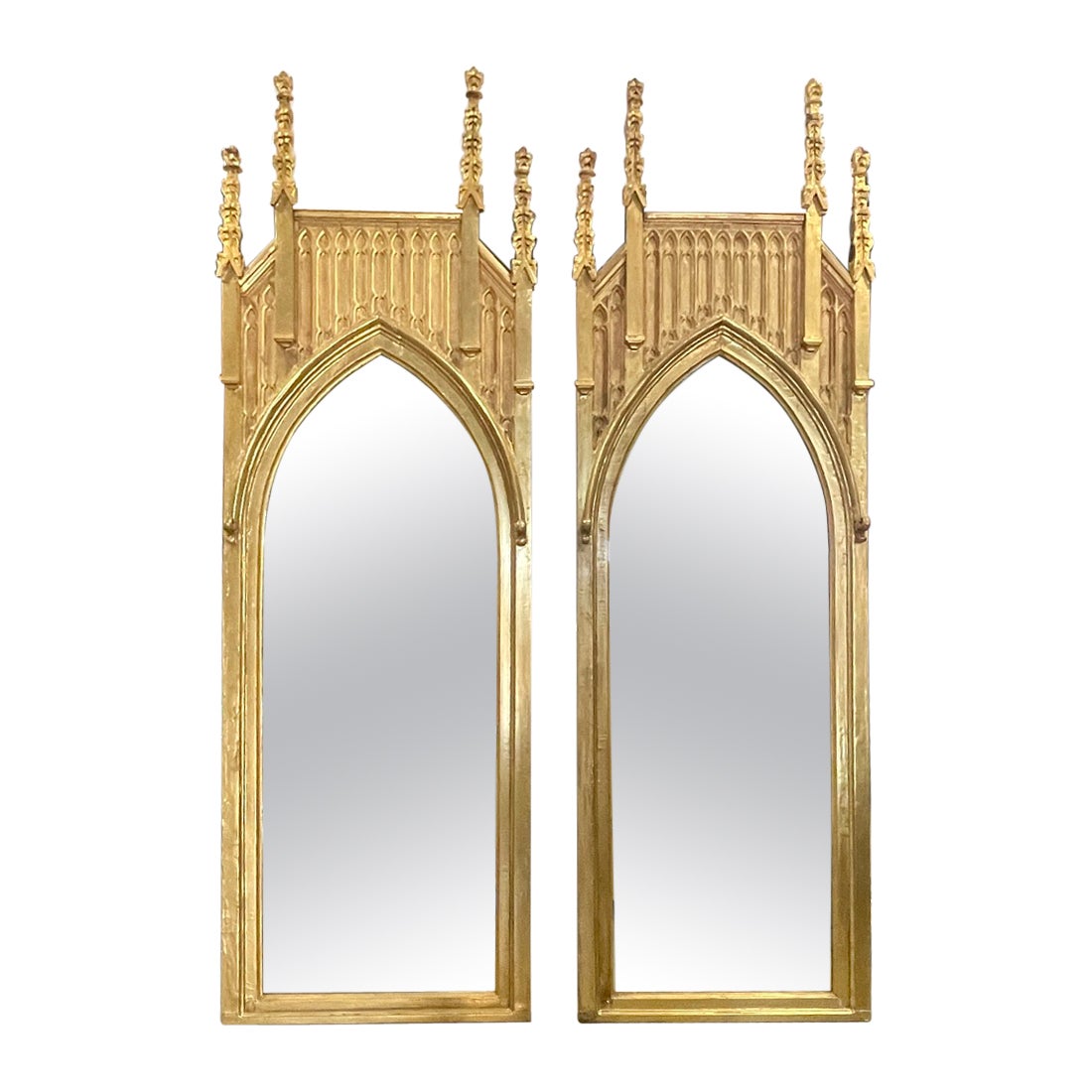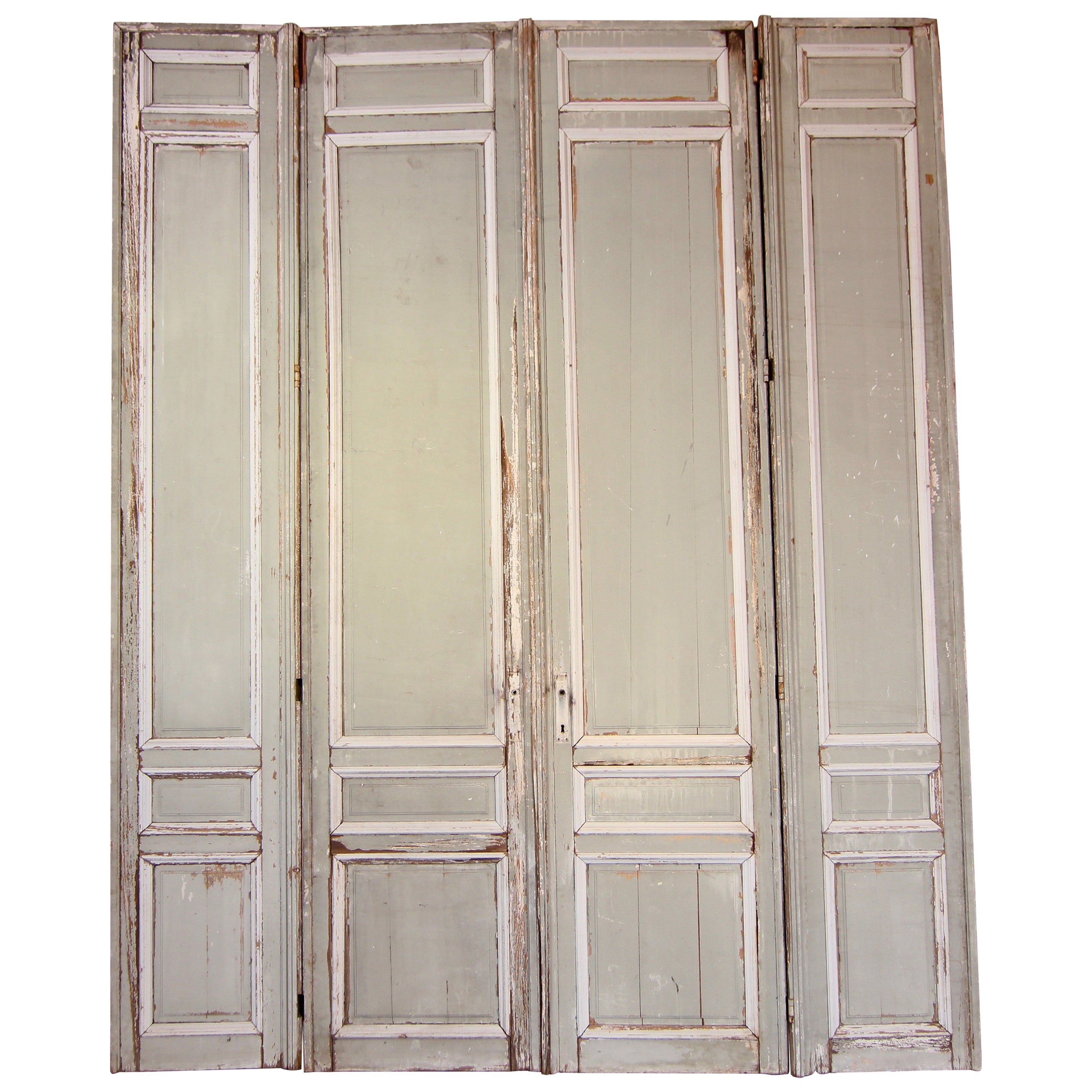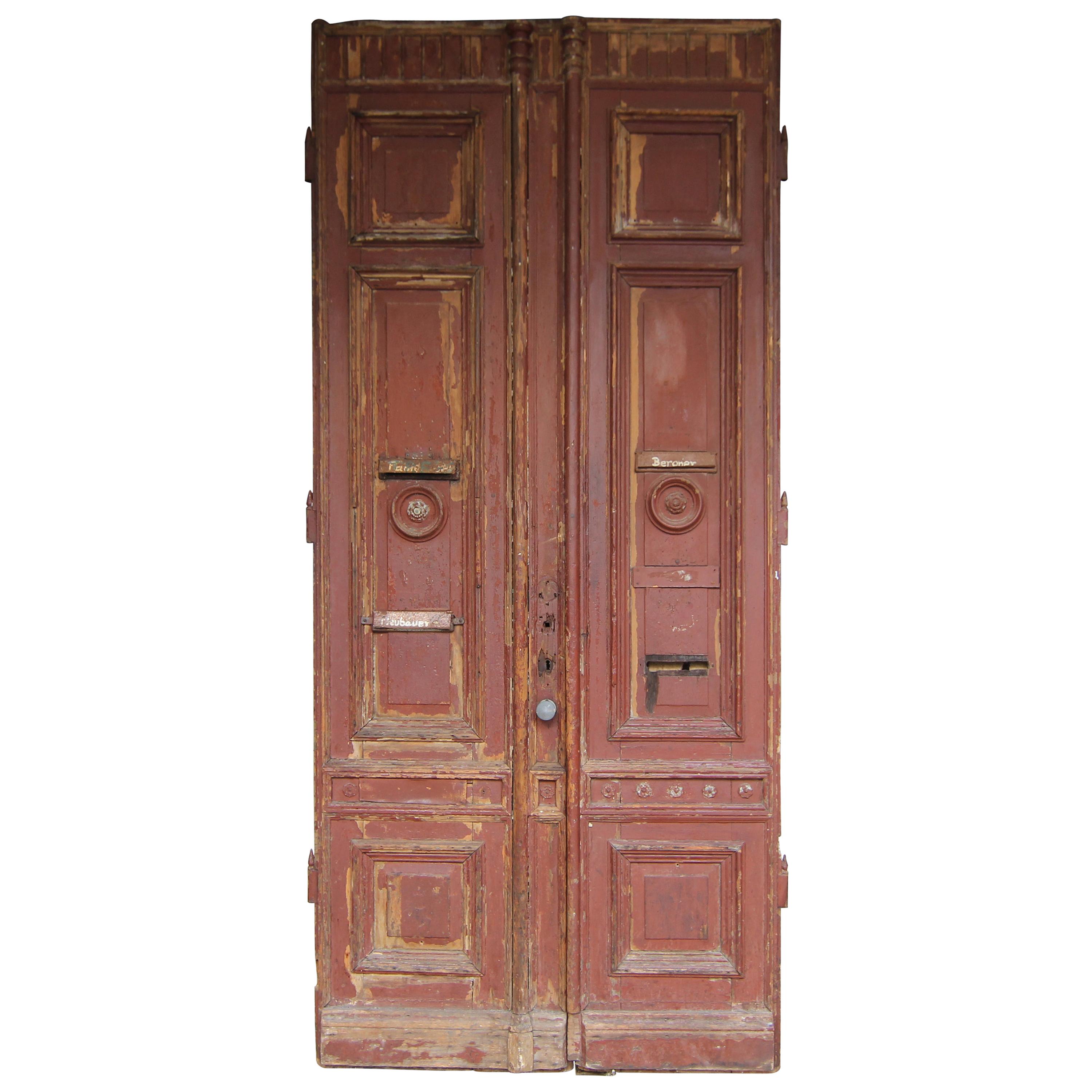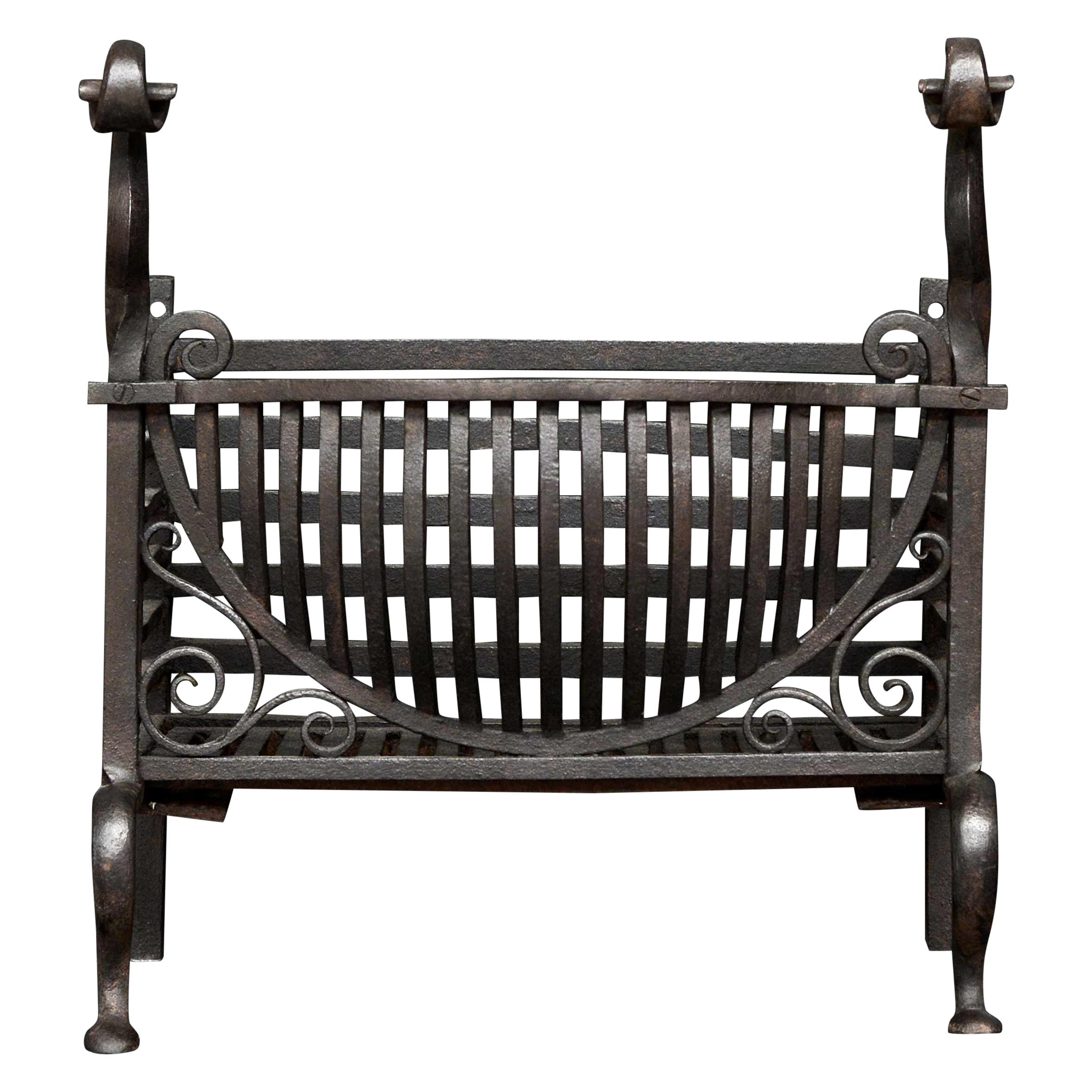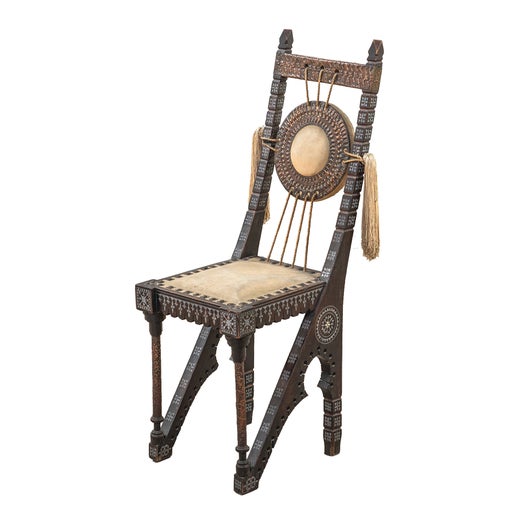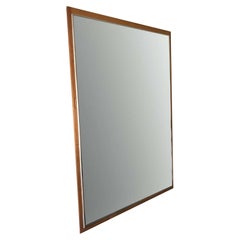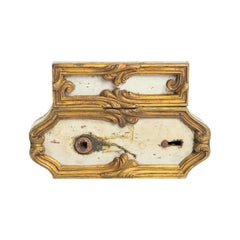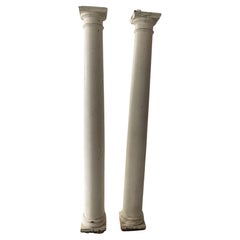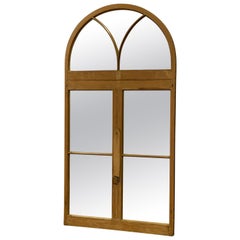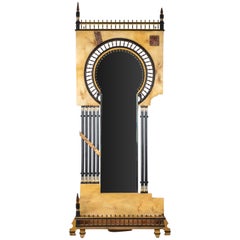
Late 19th Century Large Full Length Key Hole Mirror by Carlo Bugatti
View Similar Items
Late 19th Century Large Full Length Key Hole Mirror by Carlo Bugatti
About the Item
- Creator:Carlo Bugatti (Designer)
- Dimensions:Height: 83 in (210.82 cm)Width: 36 in (91.44 cm)Depth: 7 in (17.78 cm)
- Materials and Techniques:
- Place of Origin:
- Period:
- Date of Manufacture:1900
- Condition:Wear consistent with age and use. Vellum in good overall condition, minor staining to the base. Feet slightly rubbed. Turning and bone embellishments and finials in exceptional condition. Wear consistent with age and use.
- Seller Location:Shrewsbury, GB
- Reference Number:1stDibs: LU5740224096902
Carlo Bugatti
Imaginative, bold and full of poetic details, the work of Carlo Bugatti pushed the boundaries of the Art Nouveau style. The Italian furniture designer and decorative artist’s celebrated chairs, tables and other pieces are representative of a range of influences that include European Gothic, Moorish traditions and classical Japanese art. Bugatti’s appetite for experimentation with new forms and materials has fueled the imaginations of designers everywhere.
Bugatti was born in 1856 in Milan. The son of successful interior decorator, sculptor and architect Giovanni Bugatti, Carlo set out to follow in his father’s footsteps, studying architecture at the Accademia di Belle Arti di Brera and working as a cabinetmaker. He moved to Paris in 1875 to continue his studies in design at the prestigious Academie des Beaux-Arts. By the early 1880s, Bugatti had moved back to Milan to continue his career in furniture design.
Antique Bugatti seating, center tables and other large furnishings are visually striking in their level of ornamentation. These works feature hand-carved motifs and were frequently inlaid with luxury materials such as mother-of-pearl, ebony and brass — his distinctive Throne chair (ca. 1900), for example, featured pierced copper and vellum. Detailed themes rooted in nature, stencils and geometric patterns adorn his venturesome decorative screens and handcrafted mahogany and walnut chairs and tables.
In 1888, the designer displayed his work publicly for the first time, showcasing pieces at the Industrial Arts Exhibition in Milan and later at the Italian Exhibition in London. His flamboyant furniture led to his becoming an overnight success among members of the aristocracy, who flooded him with commissions to design custom furniture for their homes. In 1904, Bugatti and his family moved to France, where designed furniture for department stores such as Maison Dufayel and Le Bon Marché. His two sons also pursued work in design — Rembrandt Bugatti became a noted sculptor while Ettore gained renown as a leading automobile designer and manufacturer.
Although his furniture became increasingly subdued in appearance over the years — and he would eventually begin to design serveware and jewelry — Bugatti garnered acclaim throughout his career. He received an award at the 1900 Paris Exposition and exhibited interiors and a furniture collection at the inaugural International Exposition of Modern Decorative Arts in Turin, Italy, in 1902. Today, Bugatti’s work remains on permanent display at the Musée de la Chartreuse in Molsheim, France.
Find antique Carlo Bugatti seating, tables and case pieces on 1stDibs.
You May Also Like
Vintage 1960s American Mid-Century Modern Floor Mirrors and Full-Length ...
Mirror, Wood
Antique 1870s French Napoleon III Architectural Models
Metal
Antique Late 19th Century American Pedestals and Columns
Wood, Paint
20th Century Wall Mirrors
Mirror, Pine
Antique Late 19th Century English Victorian Architectural Elements
Bronze
Antique 19th Century Belgian Architectural Elements
Bronze
